Weeping Pussy Willow In A Pot – Caring For Potted Kilmarnock Willows
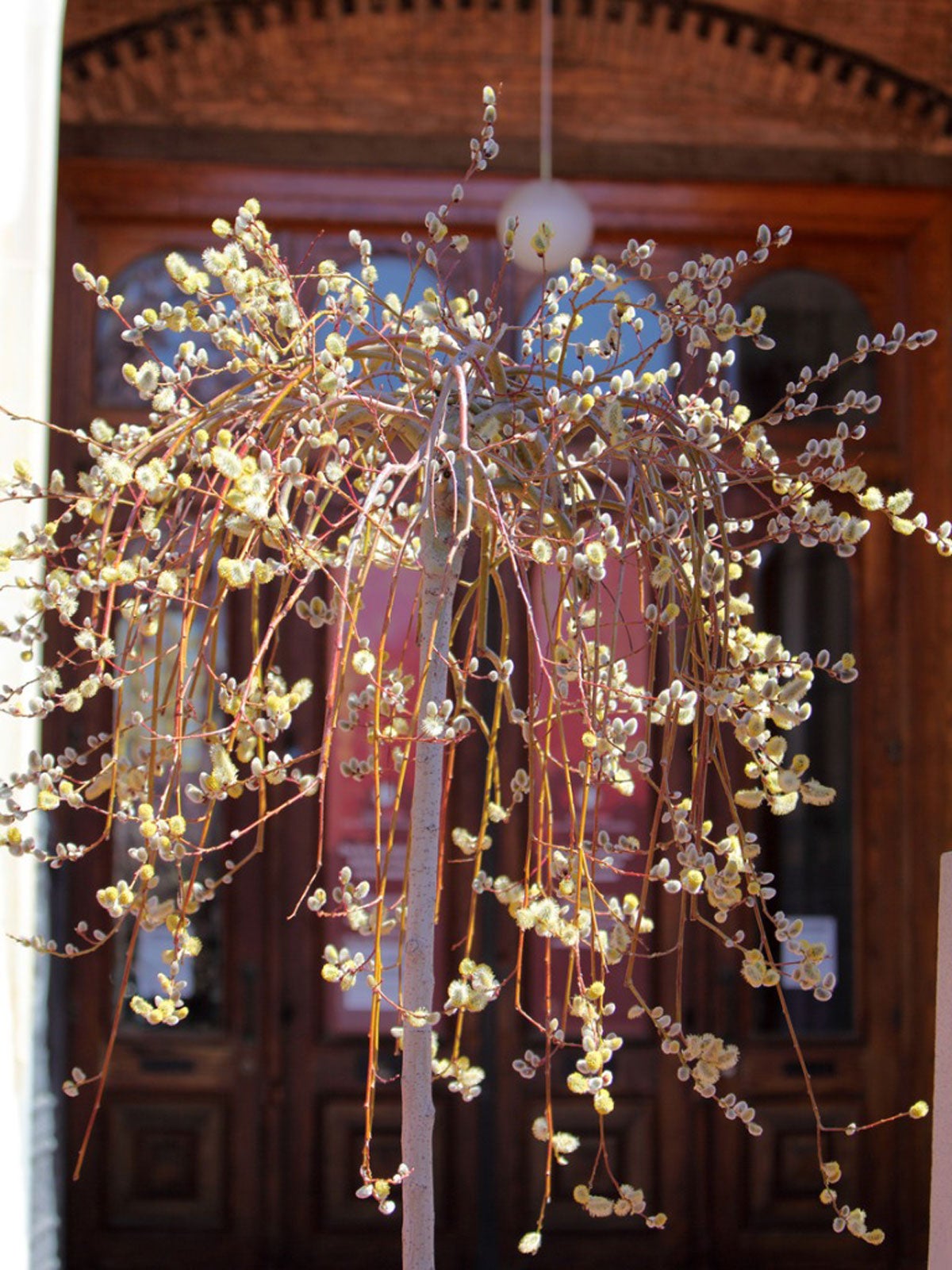

One type of pussy willow popular in this country is Kilmarnock willow (Salix caprea), also known as goat willow. The weeping variety of this species is called the weeping pussy willow, or Salix caprea pendula.
Weeping pussy willows can be very ornamental additions to your backyard in appropriate climates. You can even grow them in a pot in your garden or patio. If you are interested in growing potted Kilmarnock willows, read on for more information.
Potted Weeping Pussy Willow
In one sense of the word, every weeping willow has a weeping aspect since the tree’s leaves are long and pendulous. That’s what gives these beautiful trees their common name. However, the variety termed “weeping pussy willow” has more than leaves that droop. This variety of Kilmarnock willow also has arched branches that droop downwards.
This willow variety is naturally small, usually staying below 30 feet (9 m.) tall. Weeping pussy willows are even smaller and some are used for weeping willow bonsai plants. The small size makes it easier to grow in a pot.
Most gardeners appreciate pussy willows for their soft gray catkins-- each is actually a grouping of many tiny flower buds. That’s why Kilmarnock blossoms start out as small white catkins and over time they mature into large blossoms with long tendril like flowers. These unusual trees have fast growing roots like many types of Salix.
It is possible to grow potted Kilmarnock willows in large containers. Not only must the container be large enough to hold the tree’s root system, but it must also have a large base. This will prevent your container grown Kilmarnock from blowing over during windy weather.
How to Grow Weeping Pussy Willow in a Pot
If you are interested in growing potted weeping pussy willow, your first step is to acquire a large container. If you live in an area with cold winters, select a wooden or plastic container so that it won’t break in icy weather.
Gardening tips, videos, info and more delivered right to your inbox!
Sign up for the Gardening Know How newsletter today and receive a free copy of our e-book "How to Grow Delicious Tomatoes".
For container grown plants, it’s best to mix up your own potting soil. Use two parts soil-based compost to one-part general multipurpose compost.
Kilmarnock willows are generally recommended for USDA plant hardiness zones 4 through 8. Place your container in full sun or at least afternoon sun. Inadequate sun will result in slow growth and few flowers. Regular and ample irrigation is key.

Teo Spengler is a master gardener and a docent at the San Francisco Botanical Garden, where she hosts public tours. She has studied horticulture and written about nature, trees, plants, and gardening for more than two decades. Her extended family includes some 30 houseplants and hundreds of outdoor plants, including 250 trees, which are her main passion. Spengler currently splits her life between San Francisco and the French Basque Country, though she was raised in Alaska, giving her experience of gardening in a range of climates.
-
 Looking For Plants To Give You The Soft And Fuzzies? Try These 5 Fuzzy Leaf Plant Options
Looking For Plants To Give You The Soft And Fuzzies? Try These 5 Fuzzy Leaf Plant OptionsLovers of texture, drama, silver foliage and tactile plants will adore these special sensory garden additions. These fuzzy leaf plant options will leave you all aglow
By Susan Albert
-
 Get Ready For A Summer Of Hummers! Grow These Full Sun Hummingbird Plants and Flowers
Get Ready For A Summer Of Hummers! Grow These Full Sun Hummingbird Plants and FlowersIf you’re lucky enough to enjoy a sunny backyard, make sure you are maxing out on your pollinator opportunities and grow these full sun hummingbird plants and flowers
By Tonya Barnett
-
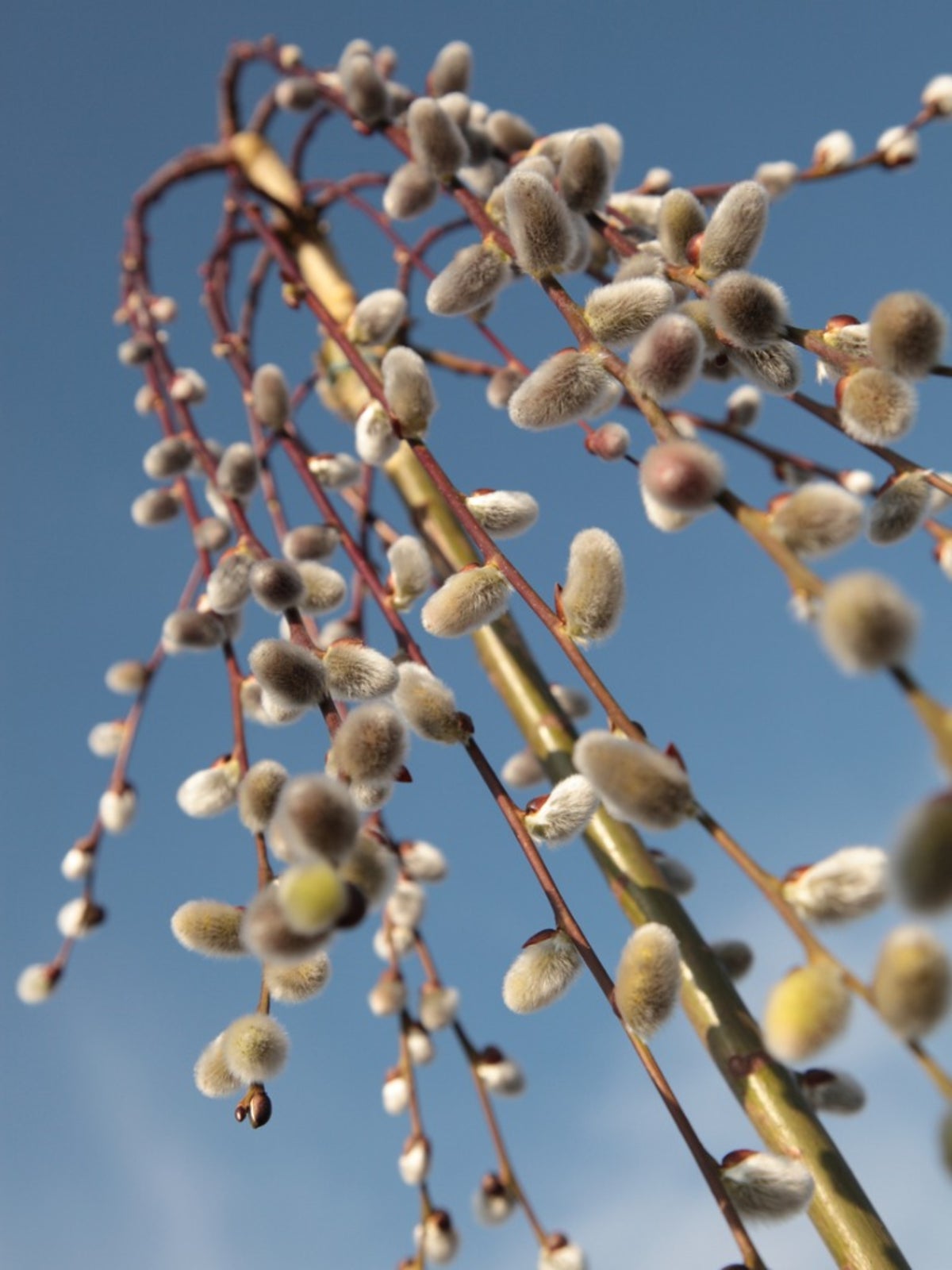 Weeping Pussy Willow Care: Tips For Growing Weeping Pussy Willows
Weeping Pussy Willow Care: Tips For Growing Weeping Pussy WillowsIf you are ready for an unusual tree that will create excitement every spring, consider the weeping pussy willow. This small but spectacular willow overflows with silky catkins in early spring. Click here for more weeping pussy willow information.
By Teo Spengler
-
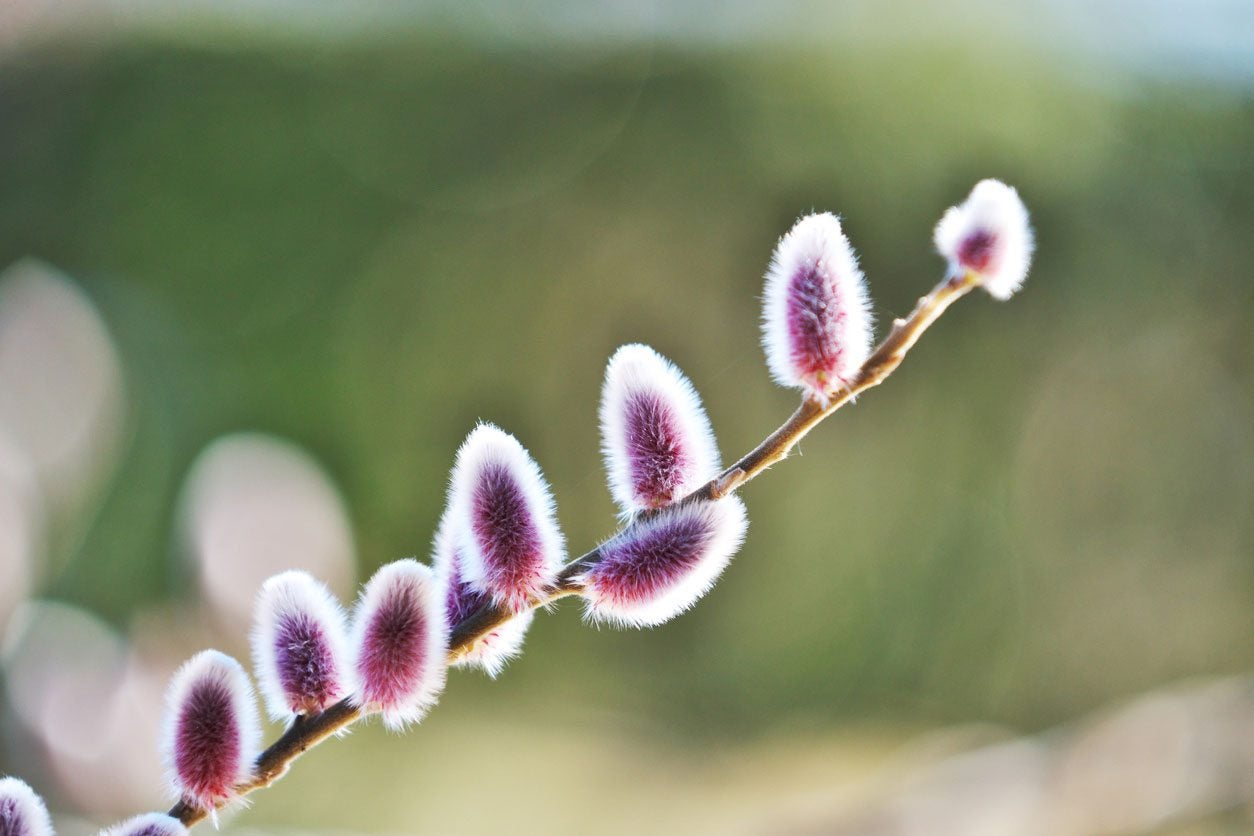 Japanese Pussy Willow Information – How To Grow A Japanese Pussy Willow
Japanese Pussy Willow Information – How To Grow A Japanese Pussy WillowEveryone's heard of pussy willows, but what is a Japanese pussy willow? It's the showiest pussy willow shrub of all. If you are interested in growing Japanese pussy willows, then this article will help with tips on how to grow a Japanese pussy willow and more.
By Teo Spengler
-
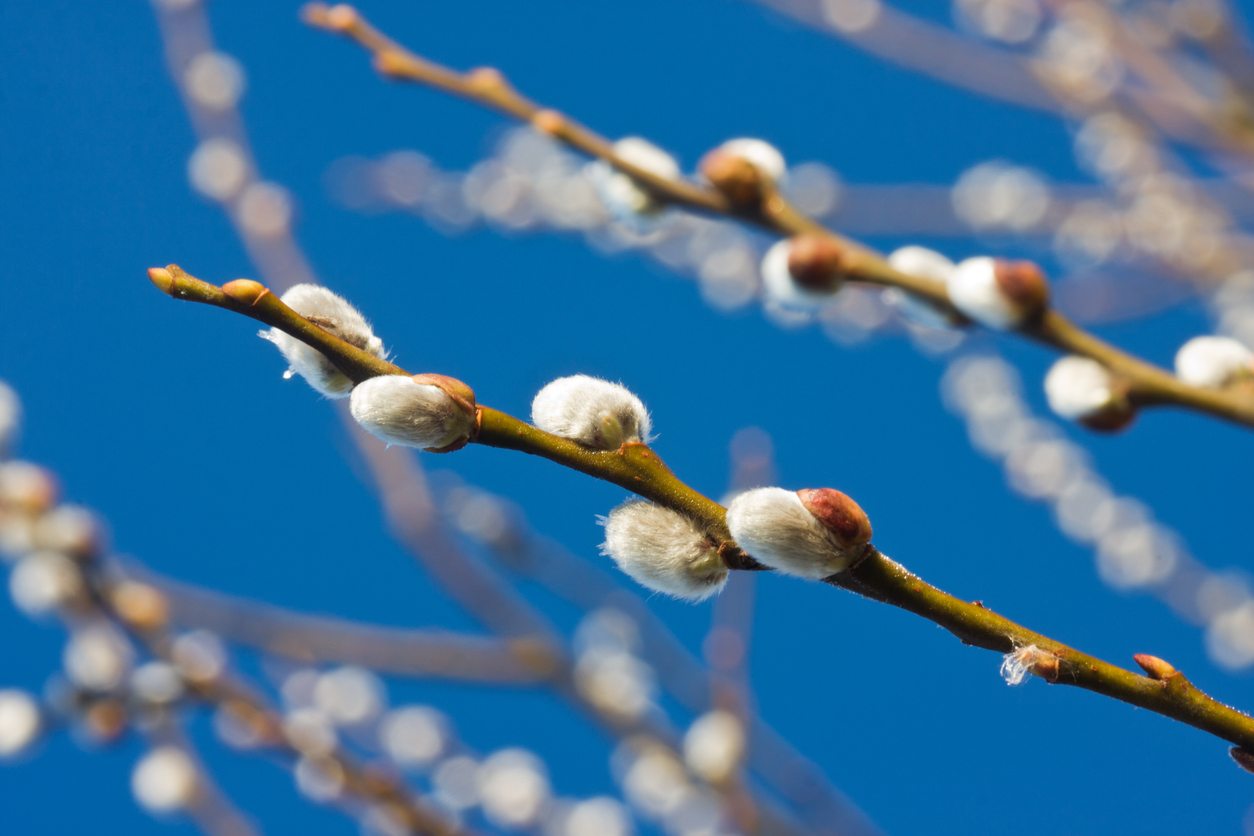 Can You Root A Pussy Willow Branch: Growing Cuttings From Pussy Willow
Can You Root A Pussy Willow Branch: Growing Cuttings From Pussy WillowPussy willows are some of the best plants you can have in cold climates because they're virtually the first to wake up from their winter dormancy. But can you root a pussy willow branch? Learn more about pussy willow propagation from cuttings here.
By Liz Baessler
-
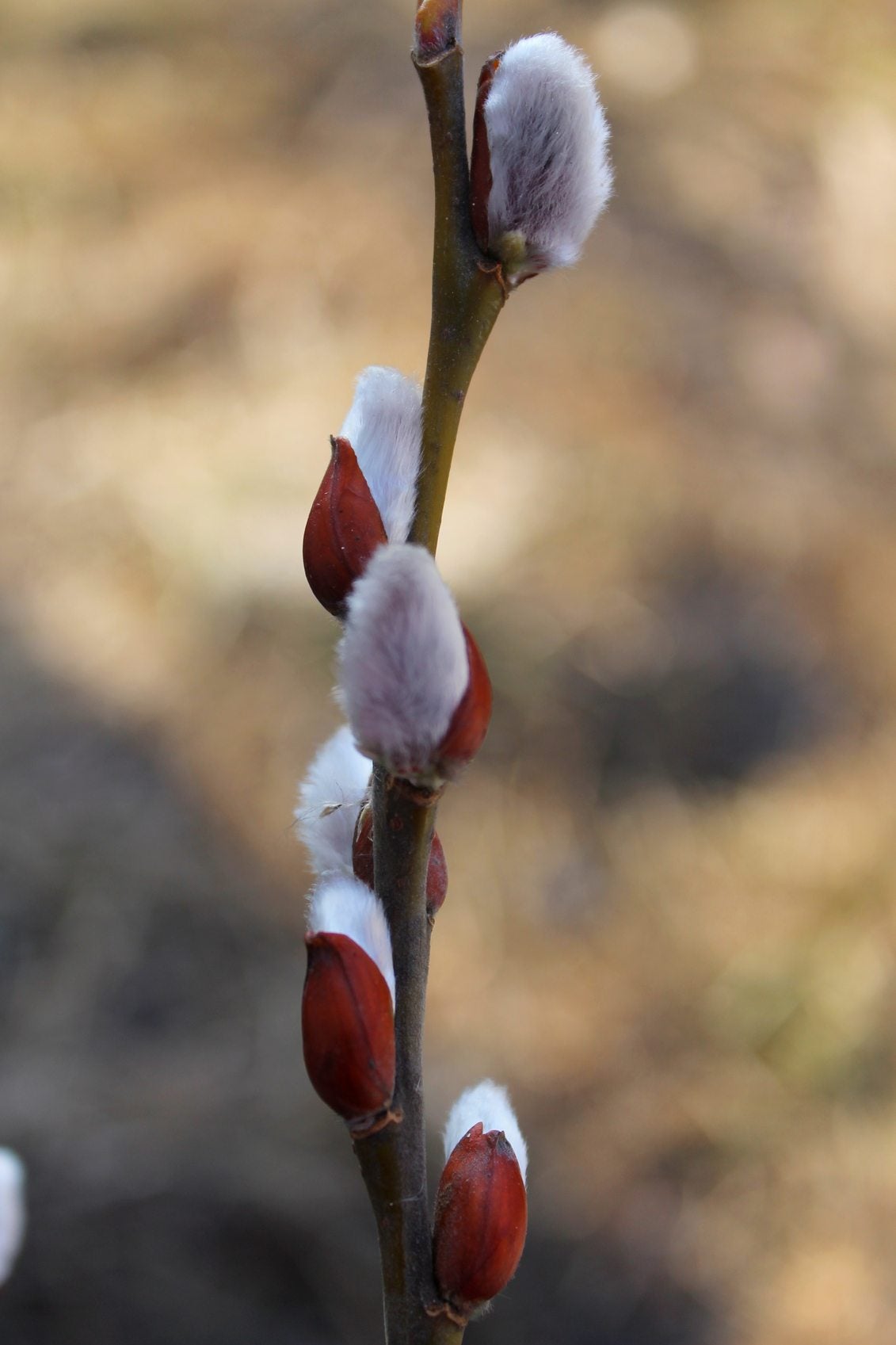 Pussy Willow Catkins: How To Get Catkins On Pussy Willows
Pussy Willow Catkins: How To Get Catkins On Pussy WillowsPussy willows add delight to the early spring garden. If your willow used to produce attractive pussy willow catkins, but doesn't any longer, you'll naturally ask why. Click on this article for information on no catkins on pussy willow trees in your yard.
By Teo Spengler
-
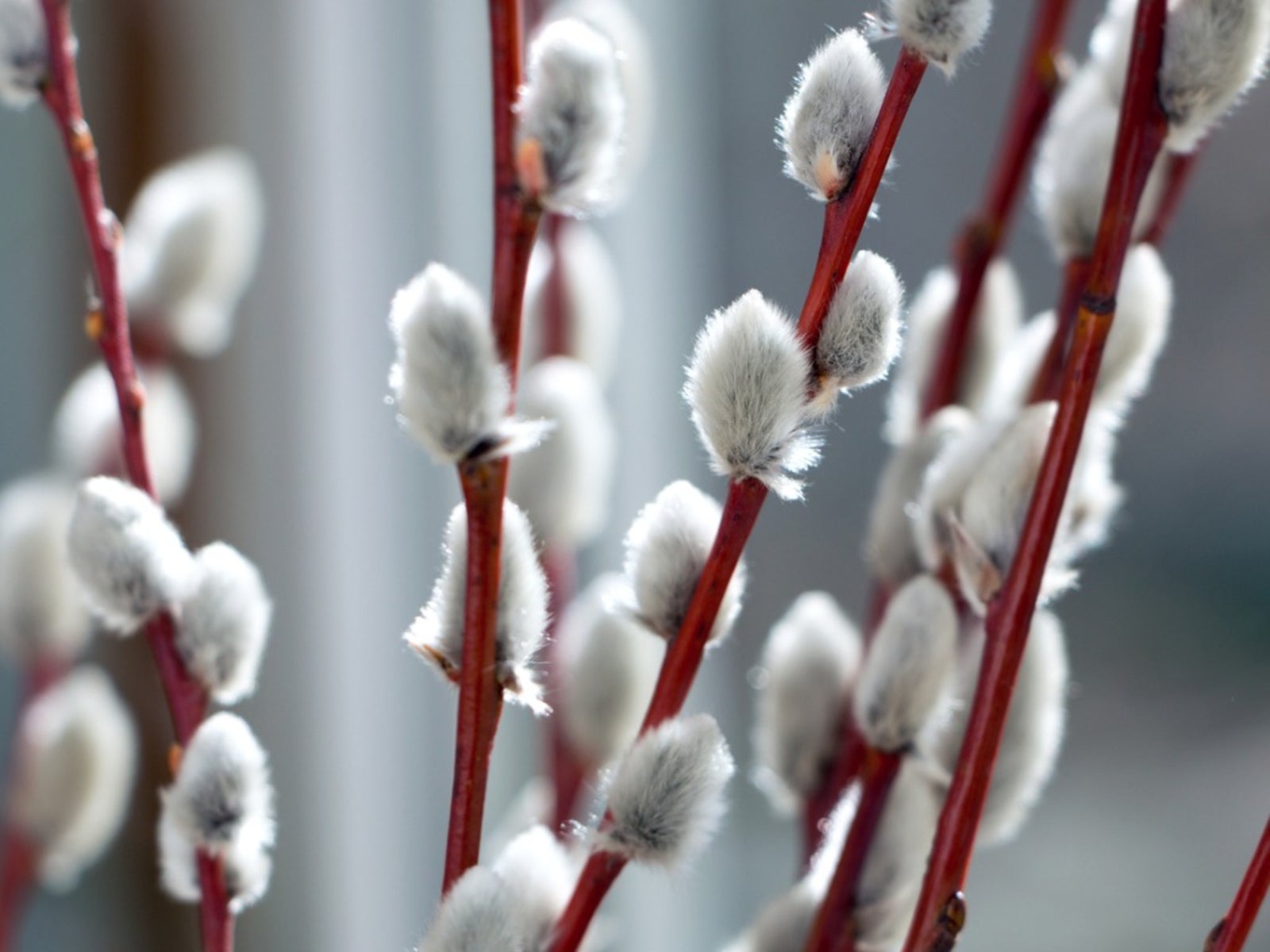 Growing A Pussy Willow Tree: Learn About The Care Of Pussy Willows
Growing A Pussy Willow Tree: Learn About The Care Of Pussy WillowsFew small trees or large shrubs are as easy to grow as the pussy willow. When growing a pussy willow tree, you'll find care of the small tree is minimal when it is planted in the right place. Learn more here.
By Becca Badgett
-
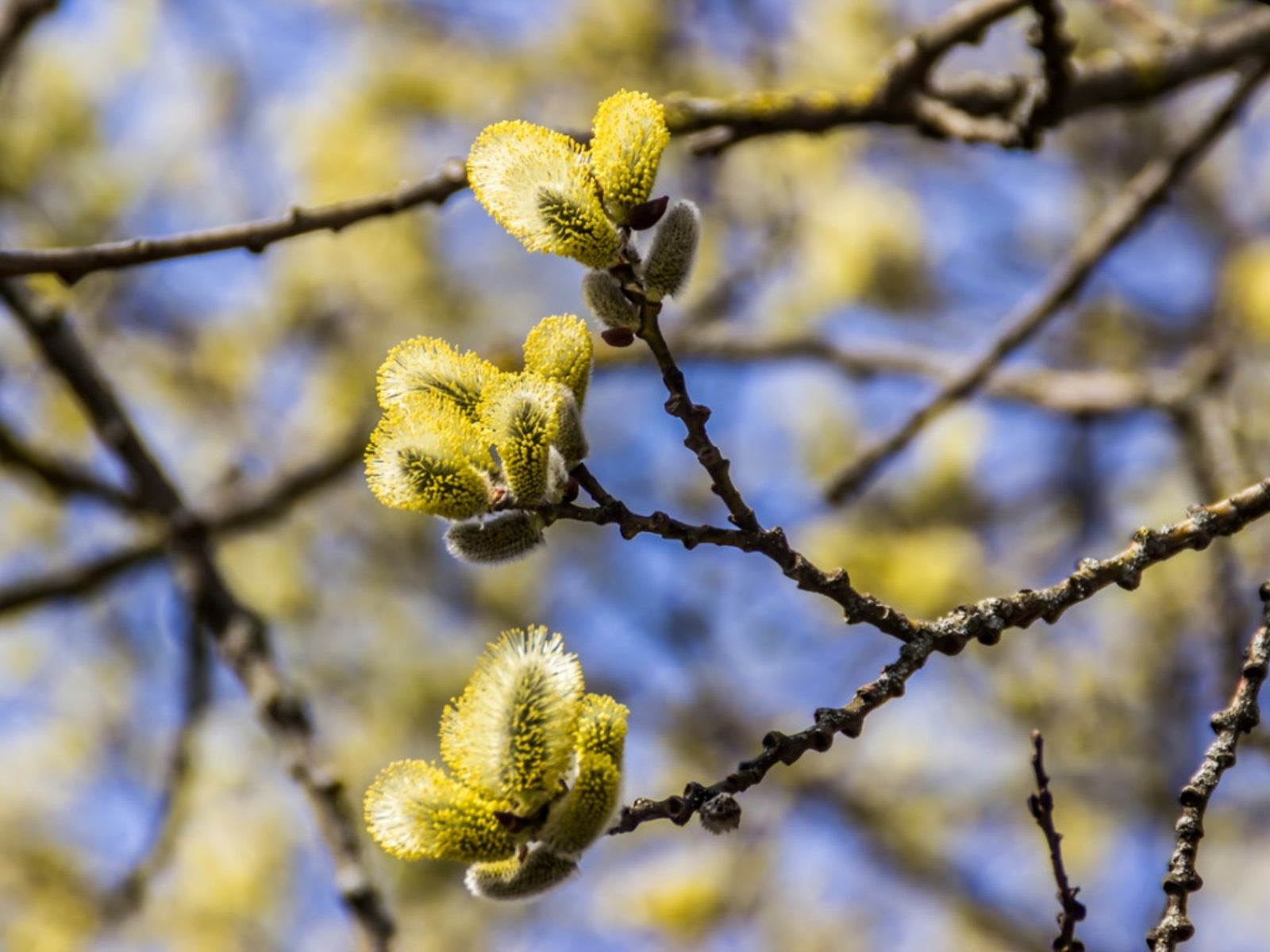 How To Prune Pussy Willows And When To Prune A Pussy Willow Tree
How To Prune Pussy Willows And When To Prune A Pussy Willow TreeFor many gardeners, nothing says spring like the fuzzy catkins of a pussy willow tree. What many gardeners don't know is that you can produce better branches for catkins by pruning pussy willows. Click here for more.
By Heather Rhoades